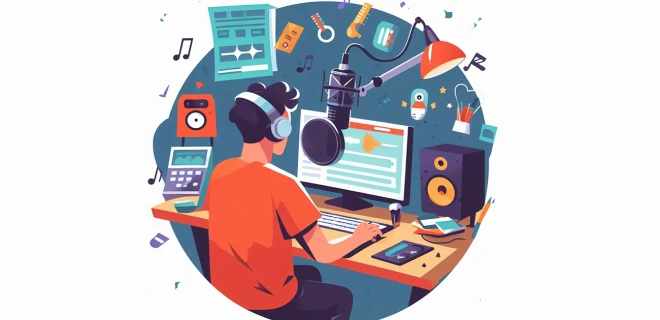Outline of the Article
Introduction
Defining Linguistic Translation
The Multifaceted Role of Translators
Cultural Bridges: Beyond Words
The Business Implications of Translation
Translation in the Digital Age
The Art of Professional Translation
The Power of Language Preservation
Breaking Down Language Barriers
Translation in the Global Context
Challenges in Linguistic Translation
The Importance of Quality Translation
Conclusion
FAQs
The Importance of Linguistic Translation
Introduction The Importance of Linguistic Translation
Language is the essence of human communication, and linguistic translation plays a pivotal role in bridging linguistic gaps, fostering cultural understanding, and facilitating global interactions. In this article, we unravel the significance of linguistic translation, exploring its multifaceted roles and its impact on our interconnected world.
Defining Linguistic Translation
Linguistic translation is the art of conveying the meaning of text from one language to another while preserving its essence and intent. It's not merely substituting words; it's a nuanced process of capturing cultural nuances and idiomatic expressions.
The Multifaceted Role of Translators
Translators are language artists who work behind the scenes, making communication possible across language boundaries. They interpret documents, texts, and conversations, ensuring that ideas and messages are accurately transmitted.
Cultural Bridges: Beyond Words
Linguistic translation goes beyond words; it bridges cultures. It helps us understand diverse perspectives, appreciate cultural subtleties, and build connections across borders.
The Business Implications of Translation
In the globalized business world, translation is a strategic tool. It enables companies to enter new markets, connect with international customers, and convey their messages effectively.
Translation in the Digital Age
The digital era has transformed translation. Technology aids translators, making the process faster and more efficient. Online tools, translation software, and collaborative platforms have revolutionized the field.
The Art of Professional Translation
Professional translators possess a deep understanding of both the source and target languages. They are skilled in adapting content, maintaining linguistic accuracy, and ensuring cultural relevance.
The Power of Language Preservation
Translation contributes to language preservation. As the world becomes more homogenized, it safeguards the existence of lesser-known languages and dialects.
Breaking Down Language Barriers
Language barriers can hinder international relations, diplomacy, and global cooperation. Translation dismantles these barriers, allowing dialogue to flourish.
Translation in the Global Context
In an interconnected world, translation is fundamental to diplomacy, international relations, and cross-border collaboration. It fosters harmony and peace by ensuring effective communication.
Challenges in Linguistic Translation
Translation is not without challenges. Nuances, idioms, and cultural differences can pose hurdles. Professional translators must navigate these intricacies.
The Importance of Quality Translation
Inaccurate or poor translation can lead to misunderstandings and even conflicts. Quality translation is crucial for preserving the integrity of content and messages.
Conclusion
Linguistic translation is the bedrock of global understanding and collaboration. It enables individuals, businesses, and governments to transcend language barriers, fostering unity, empathy, and cooperation in our diverse world.
FAQs
1. What's the difference between translation and interpretation?
Translation deals with written text, while interpretation involves spoken language.
2. How has technology impacted the field of translation?
Technology has made translation more efficient with tools like online dictionaries and machine translation.
3. Can machine translation replace human translators?
While technology aids translators, human translators provide the nuance and cultural understanding that machines can't replicate.
4. What are some examples of translation in business?
Business translation includes translating marketing materials, contracts, product manuals, and customer support.
5. How important is cultural understanding in translation?
Cultural understanding is vital as it ensures that translated content is contextually and socially appropriate.










